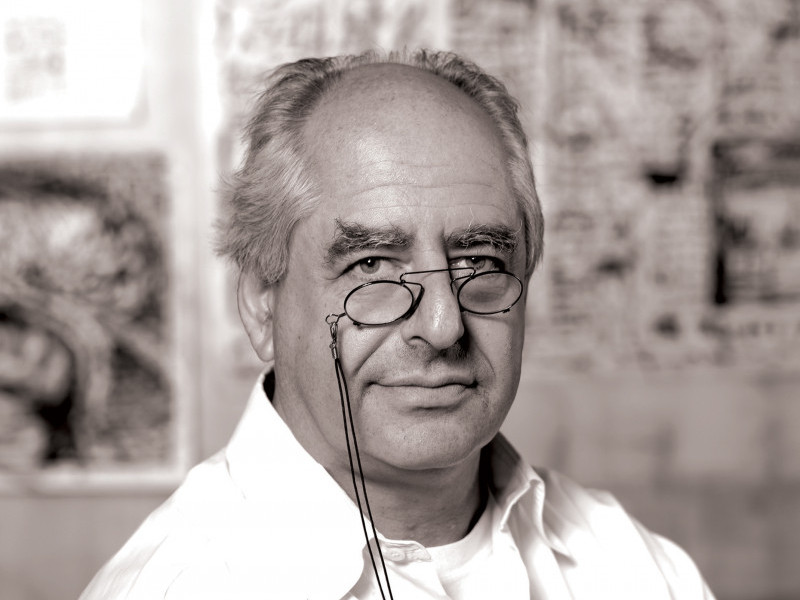Overview
Visual artist and filmmaker William Kentridge is considered a philosopher, and by some, a progenitor of peace. His work is fundamentally tied to the multifaceted history and prejudices of his home country South Africa. Widely known for his films, Kentridge is also a draughtsman, beginning many of his projects by drawing, tracing and mapping and then transforming these drawings into poetic, philosophical and theatrical presentations that examine histories of violence, erasure, memory and loss. Kentridge is a narrator who pulls in the cumulative facets of our collective society and lays them bare for the world to see.
Based on Italo Svevo’s Confessions of Zeno (1923), the first psychoanalytic novel, Zeno Writing (2002) depicts the protagonist’s attempt to gain control of his own life through analysis amid the chaos of World War I. In particular, Zeno obsesses over his inability to quit smoking, as the author did in real life. Kentridge’s elegiac film of Zeno’s story incorporates period footage of Kaiser Franz Joseph, the last vestiges of the Austrian Empire, spiralling fighter planes, the smoke of Zeno’s ‘final’ cigarette, clouds billowing from burning buildings, animated inanimate objects, and torn-paper recreations of Caspar David Friedrich landscapes. Words write themselves in animated cursive as a salute to a lost generation of soldiers.
The film was made in conjunction with Confessions of Zeno (2002), a theatrical multimedia performance produced for documenta 11. This film won the Biennial Prize at Sharjah Biennial 6 (2003), co-curated by Hoor Al Qasimi and Peter Lewis.
Related Content

Unsettled Objects
Sharjah Art Foundation presents Unsettled Objects, featuring new acquisitions and rarely seen works from the Foundation's Collection; the artists and works on display explore art history’s hidden stories.

Kentridge, William
William Kentridge is a draughtsman, filmmaker, theatre maker and philosopher whose work addresses histories of violence, erasure, memory and loss.
